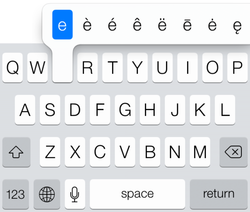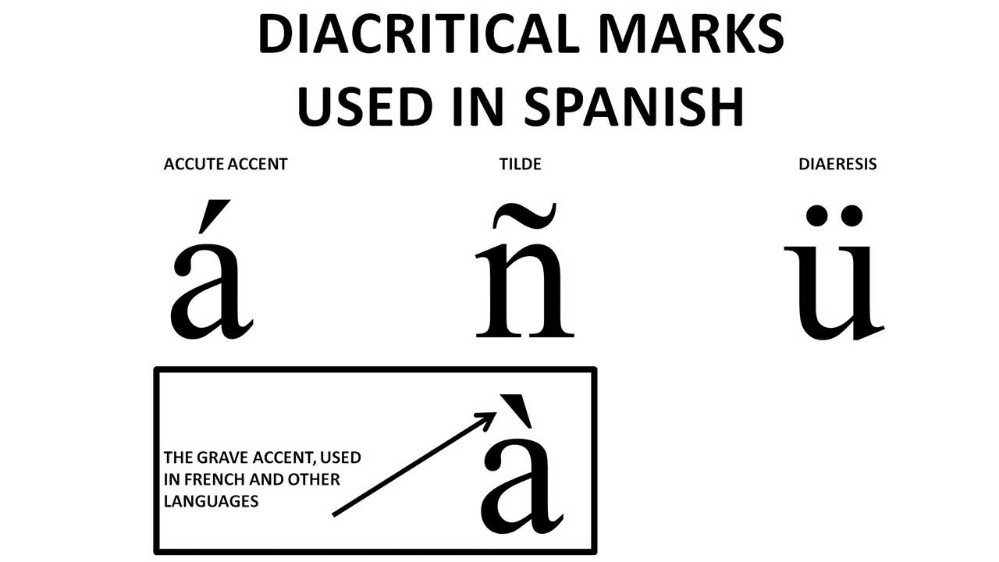


The diaeresis (the two dots) signifies that the underlying “e” is pronounced as / ɛ/ (as “e” in “bet”, i.e. Ë with diaeresis is the easiest case to deal with. The diacritical marks (accents) exist only to distinguish cases where the pronunciation differs from the one established by the standard rules for the letter “e” (you can find these in the next section). In this post, we shall learn some basic rules you have to know if you want to be understood and sound natural in French.

There are four ways to pronounce it: / e/ (as “e” in “hey”, called “closed e”), / ɛ/ (as “e” in “bet”, called “open e”), / ə/ (as “a” in the name “Tina”, called “schwa”), or it can remain silent however, it may also form part of a larger group of letters where the pronunciation may be different. Pronunciation of the letter e in French is ambiguous. It will teach you how to avoid mistakes with commas, prepositions, irregular verbs, and much more. Tip: See my list of the Most Common Mistakes in English.


 0 kommentar(er)
0 kommentar(er)
